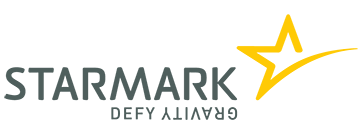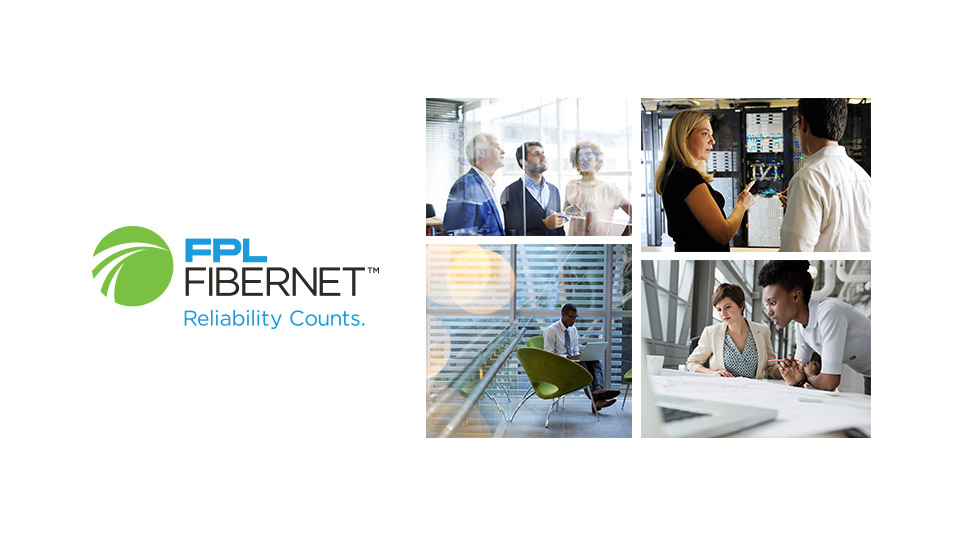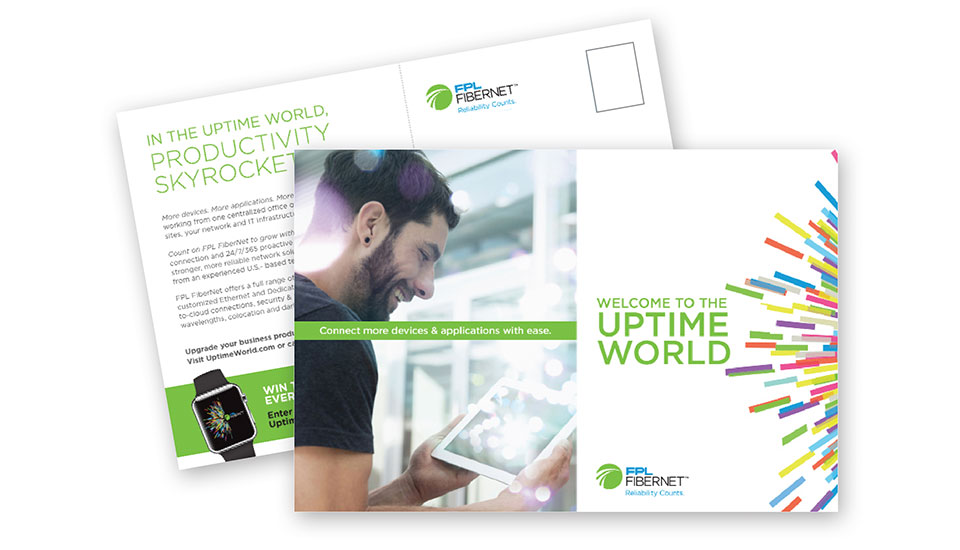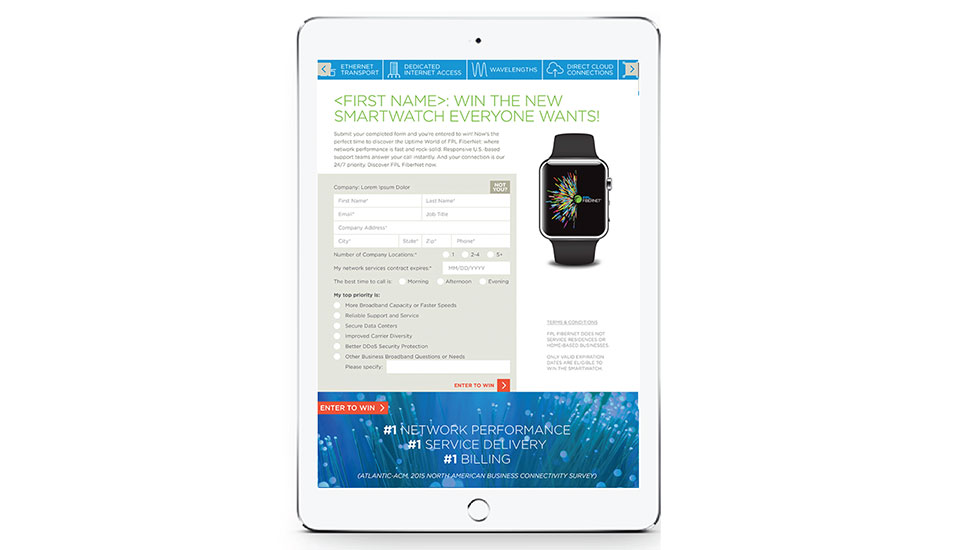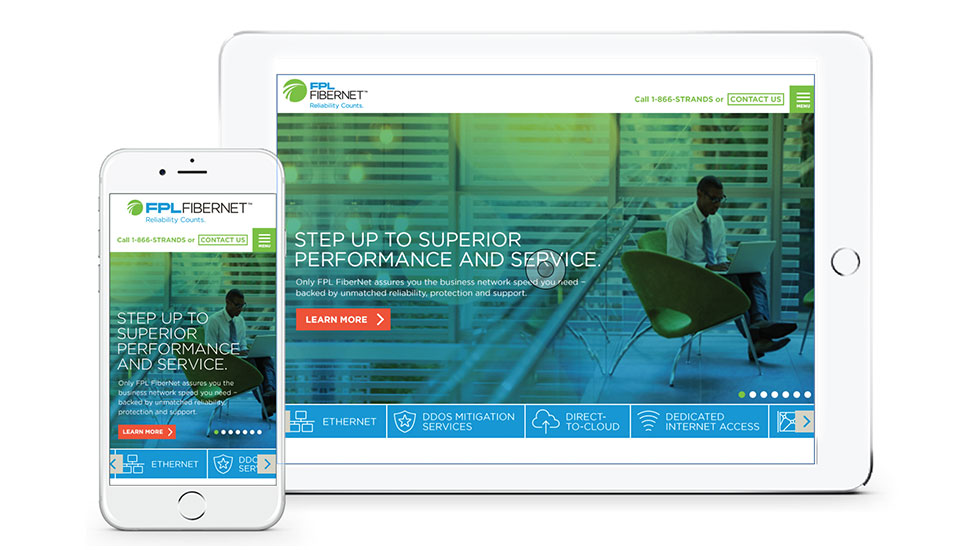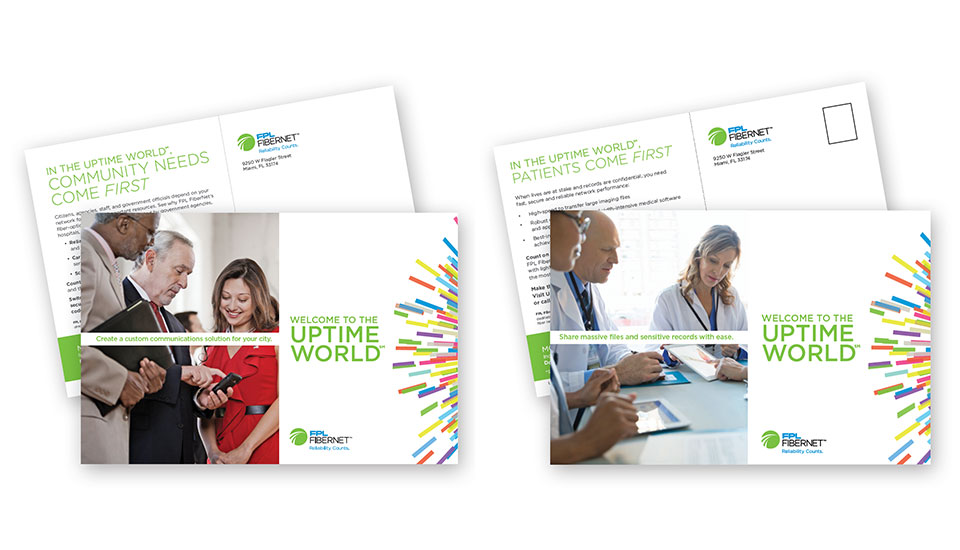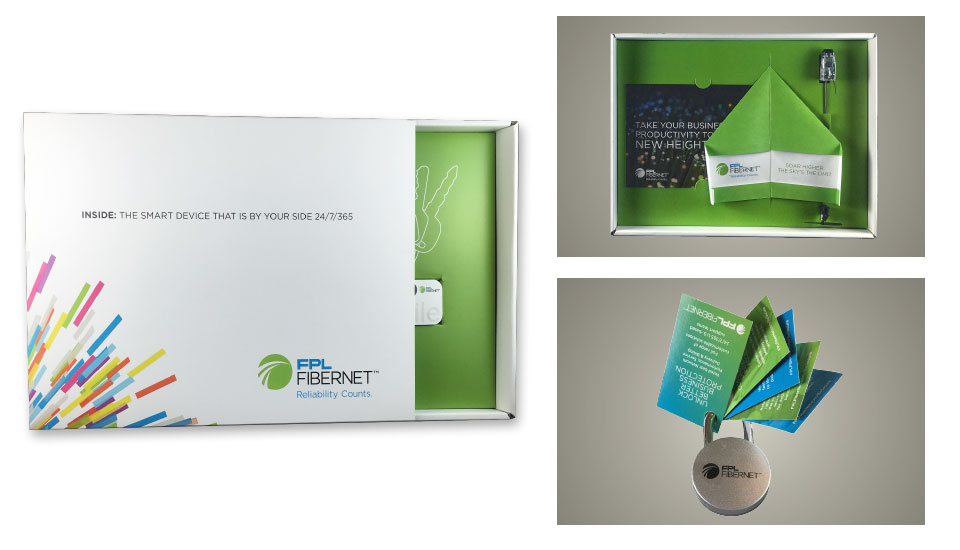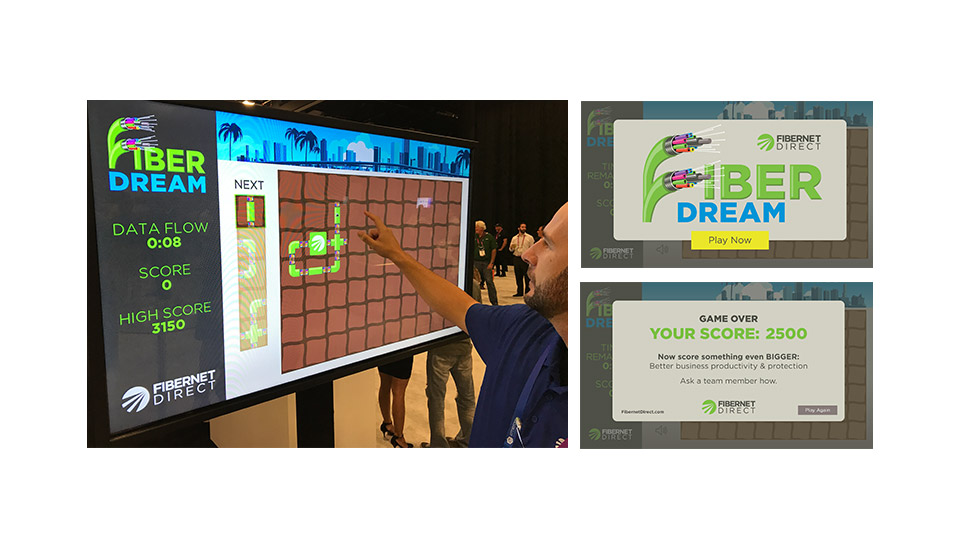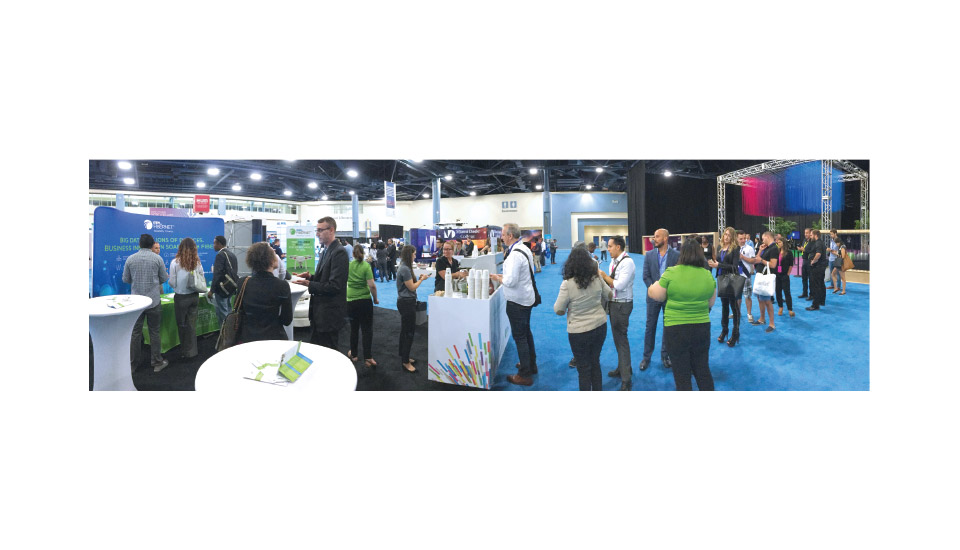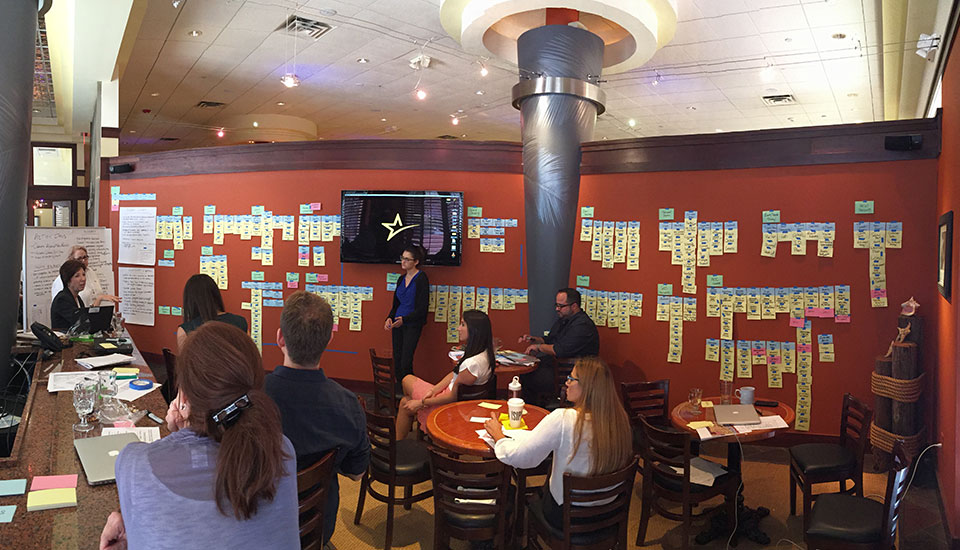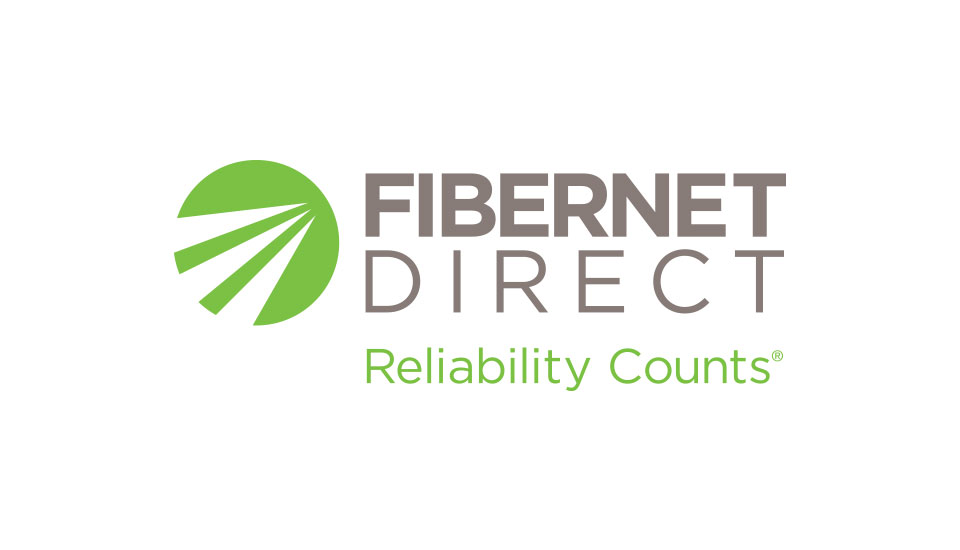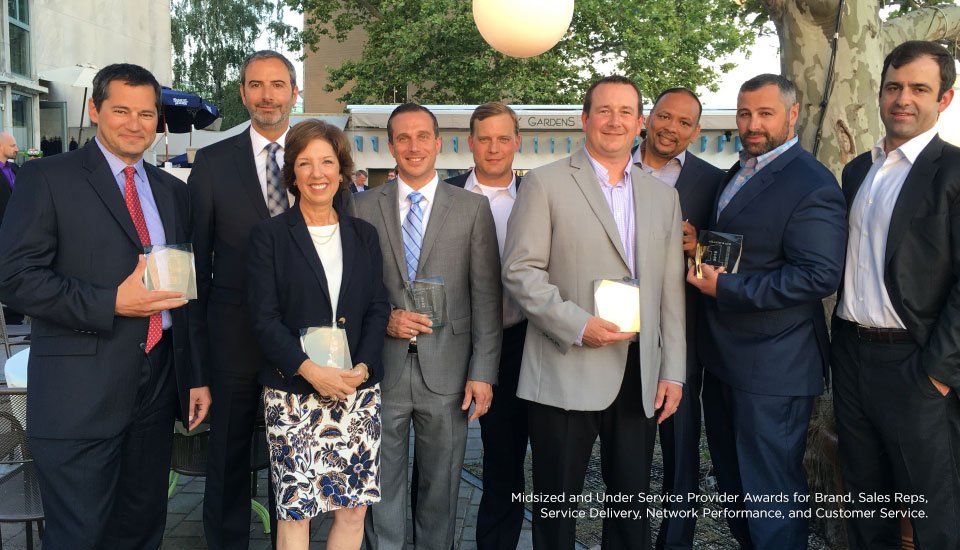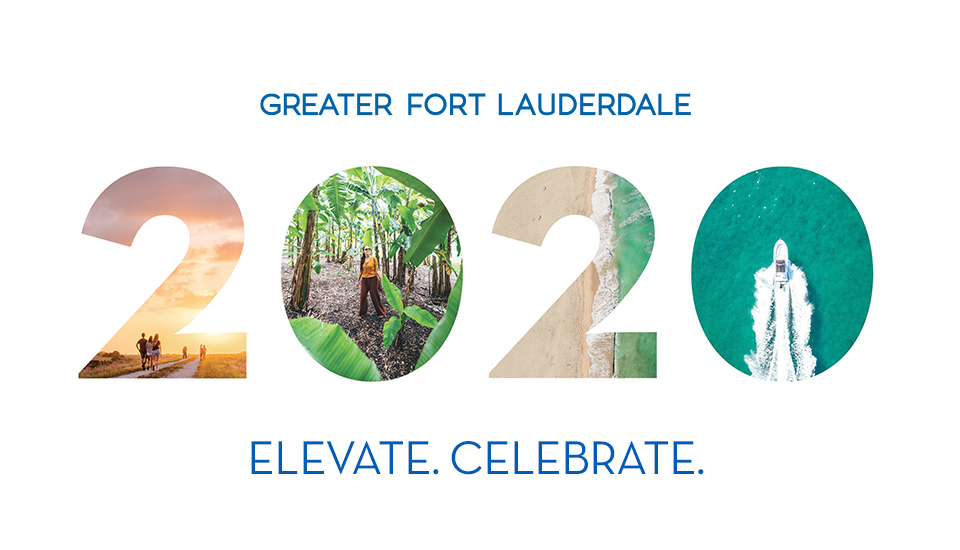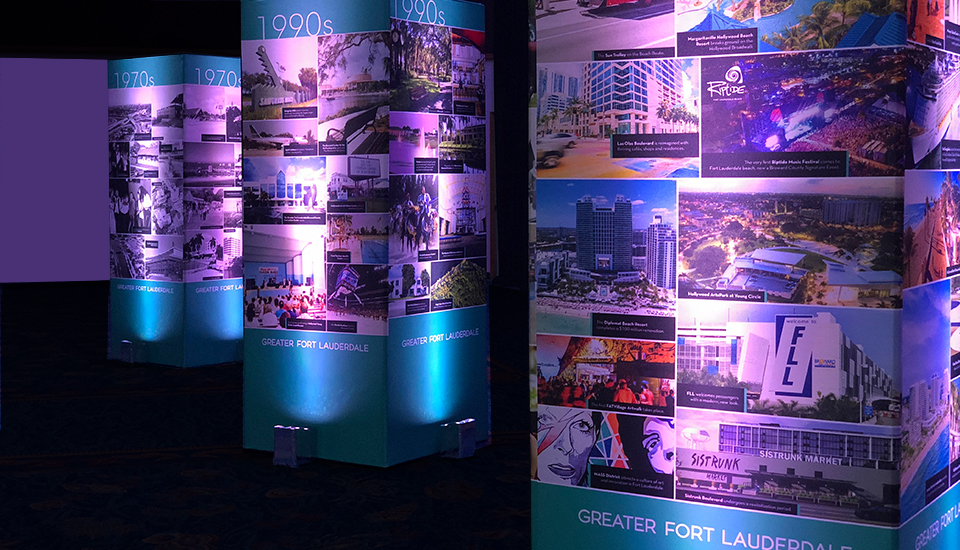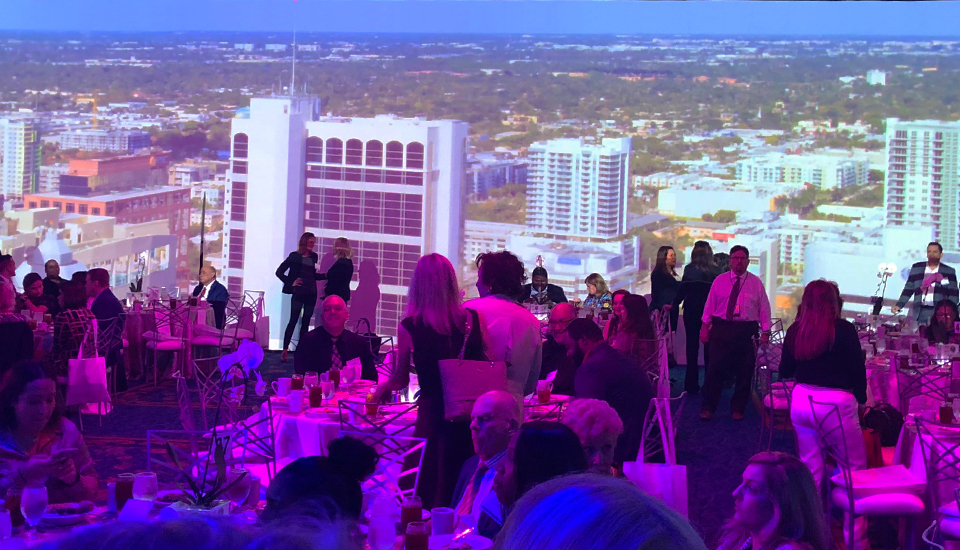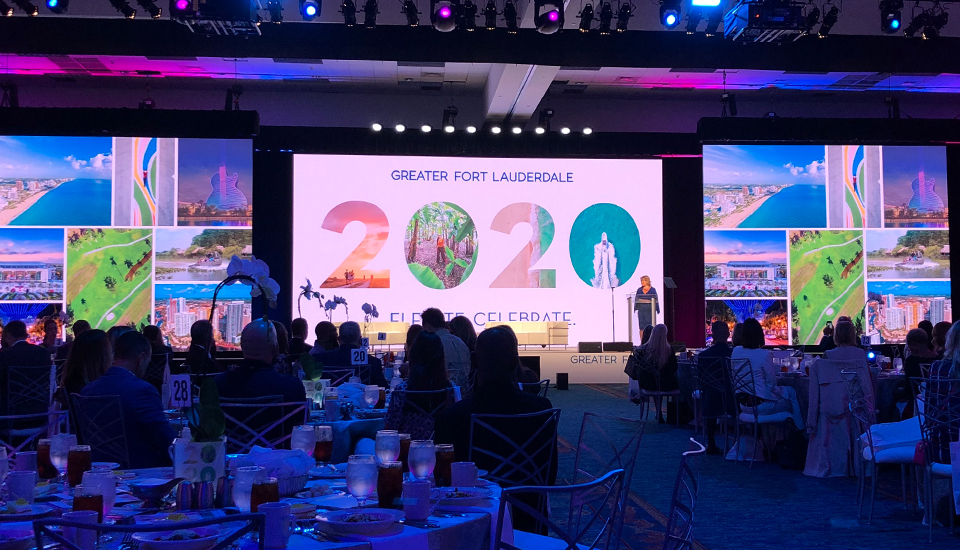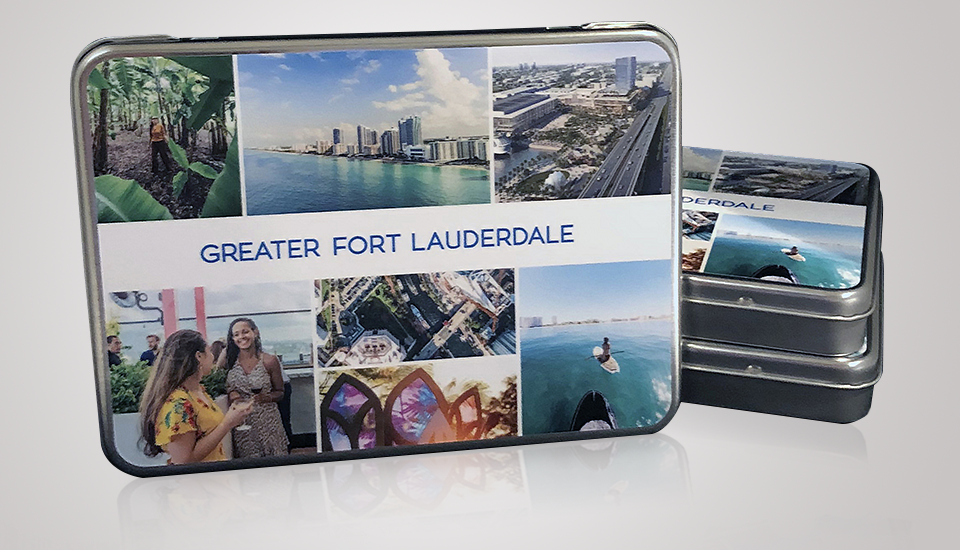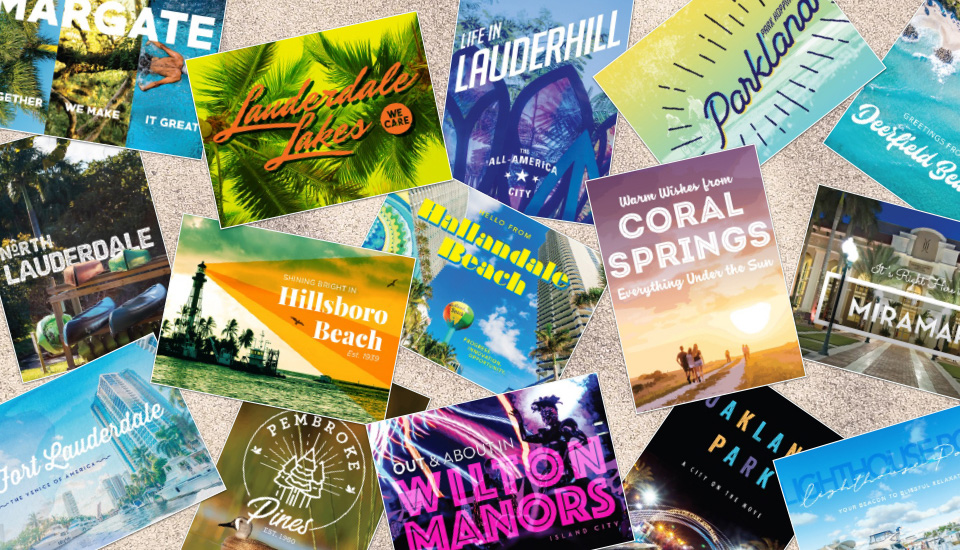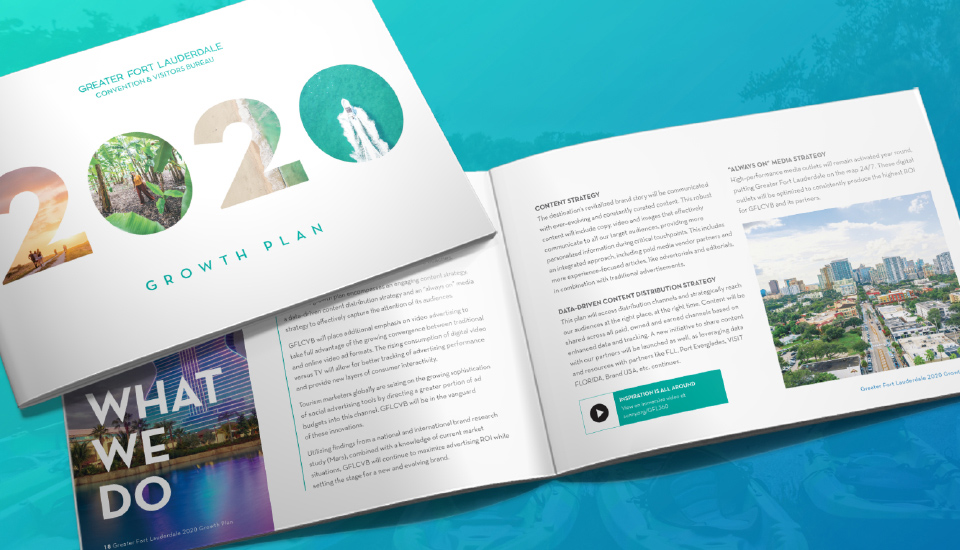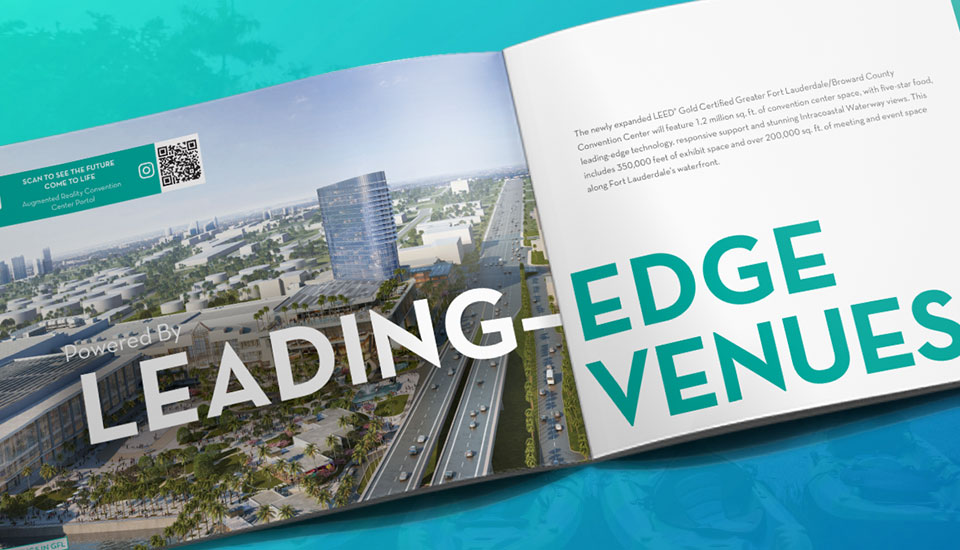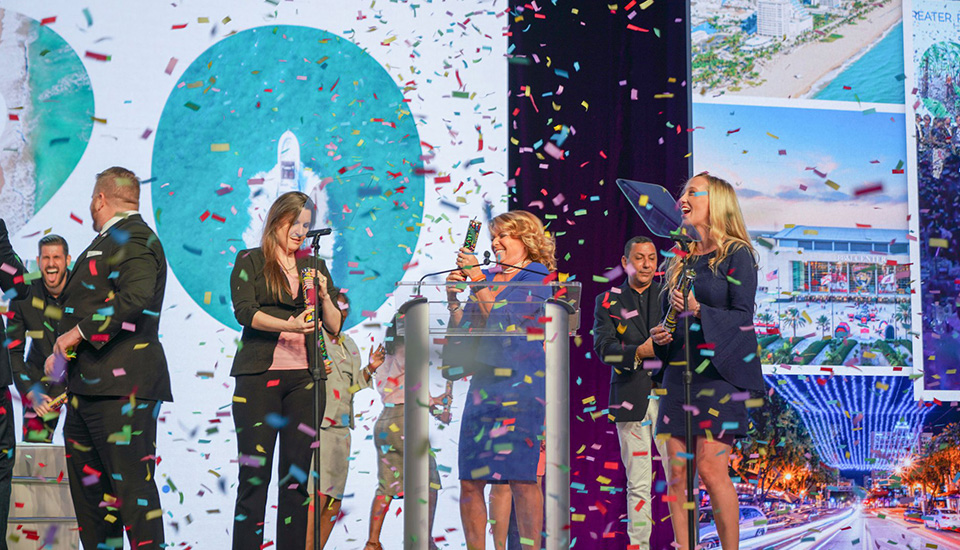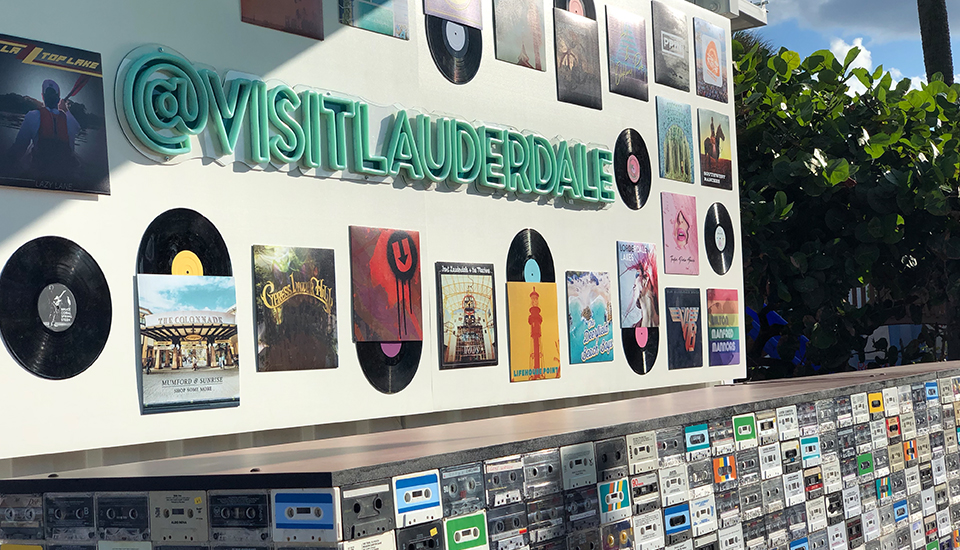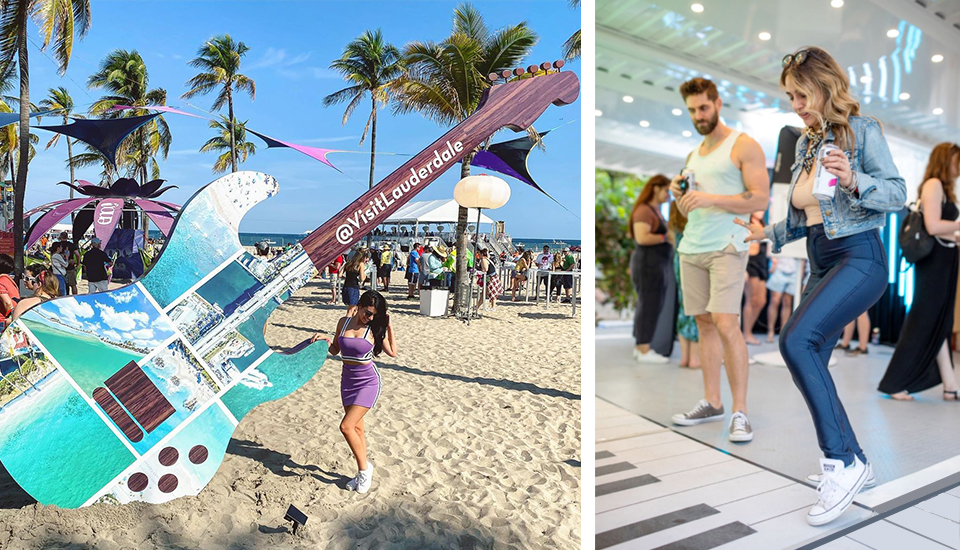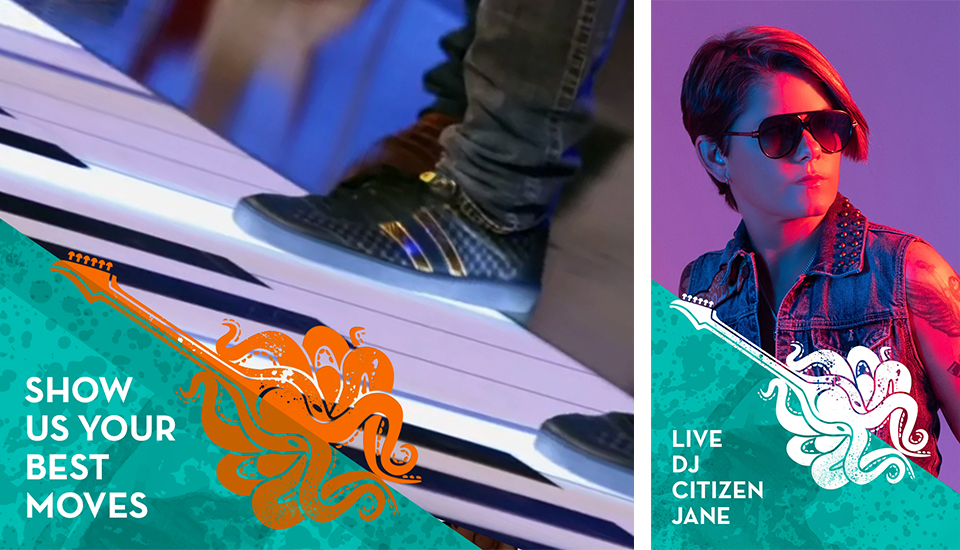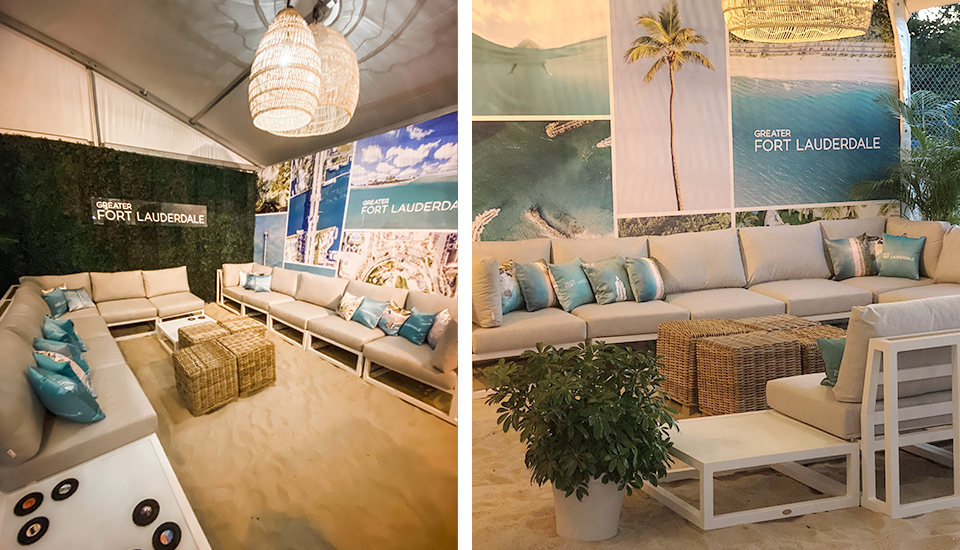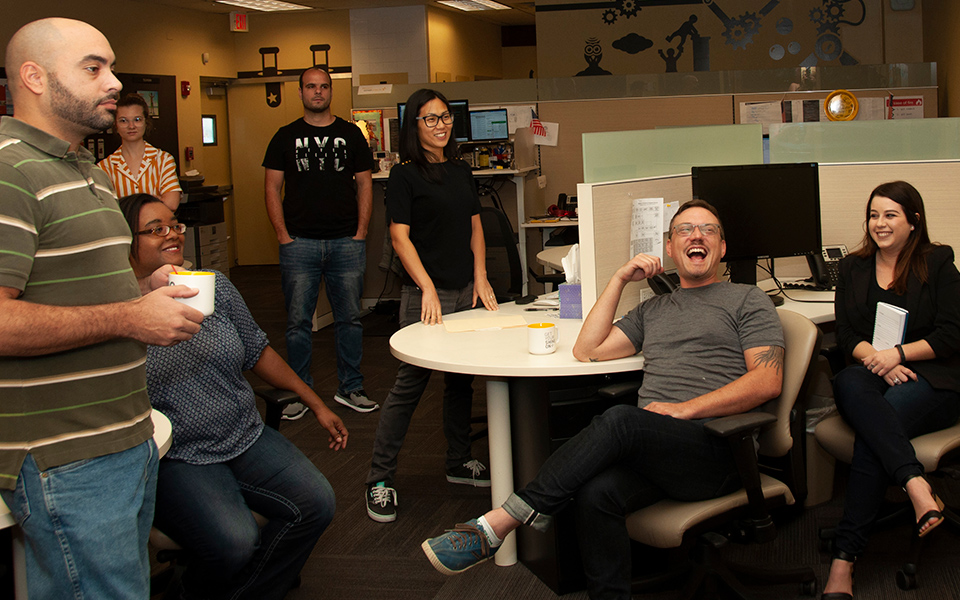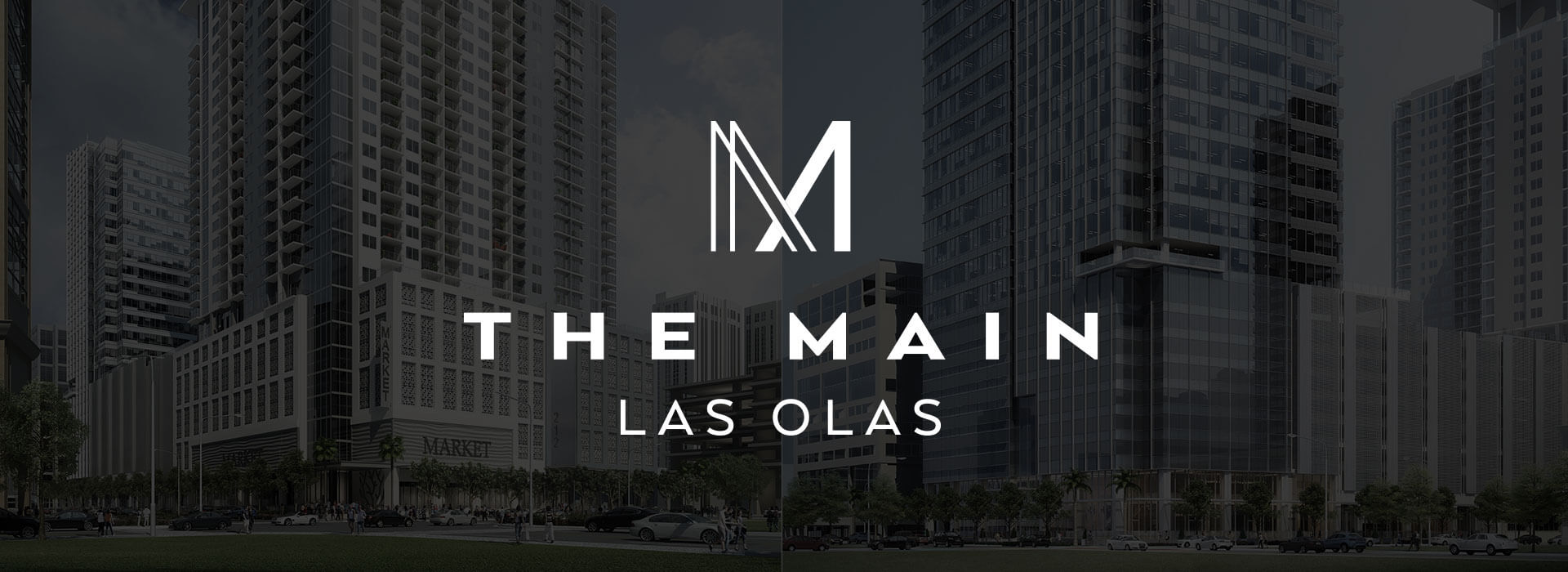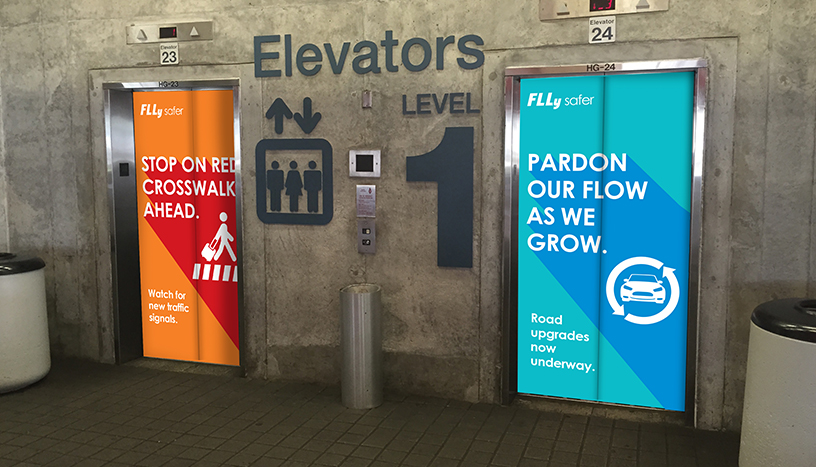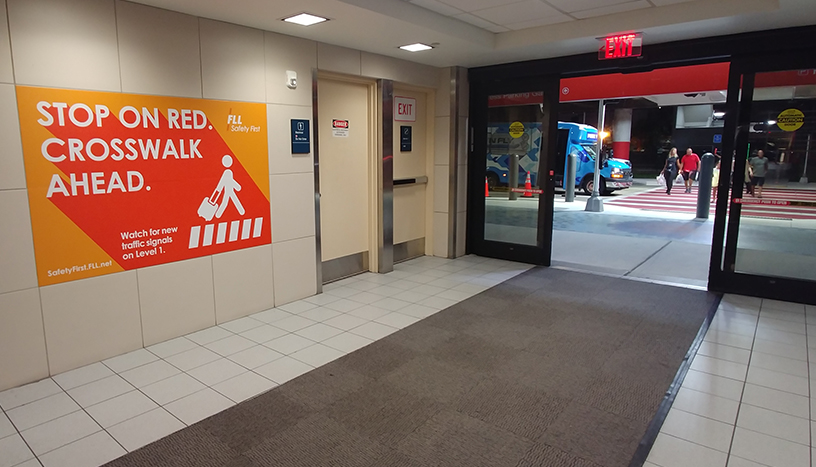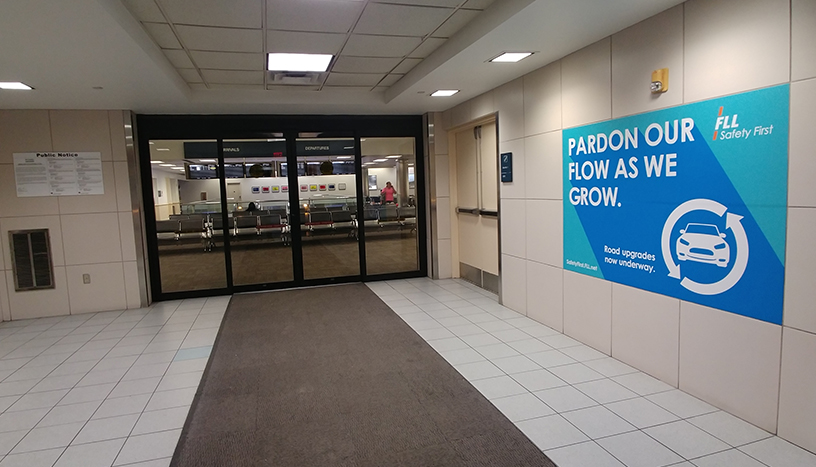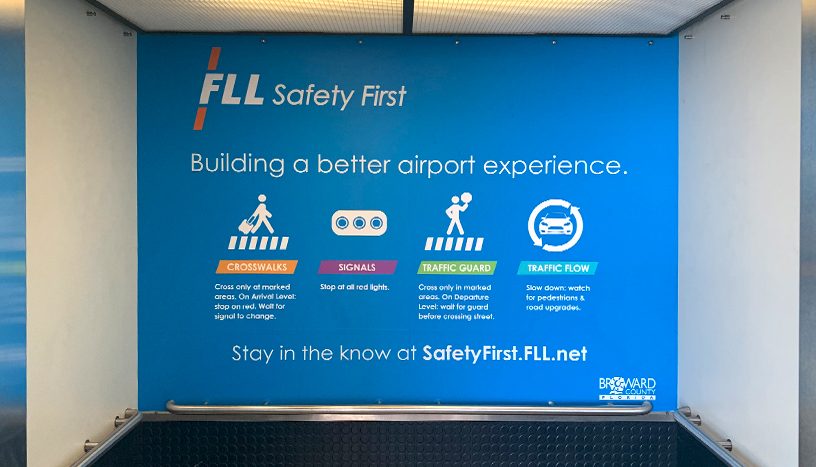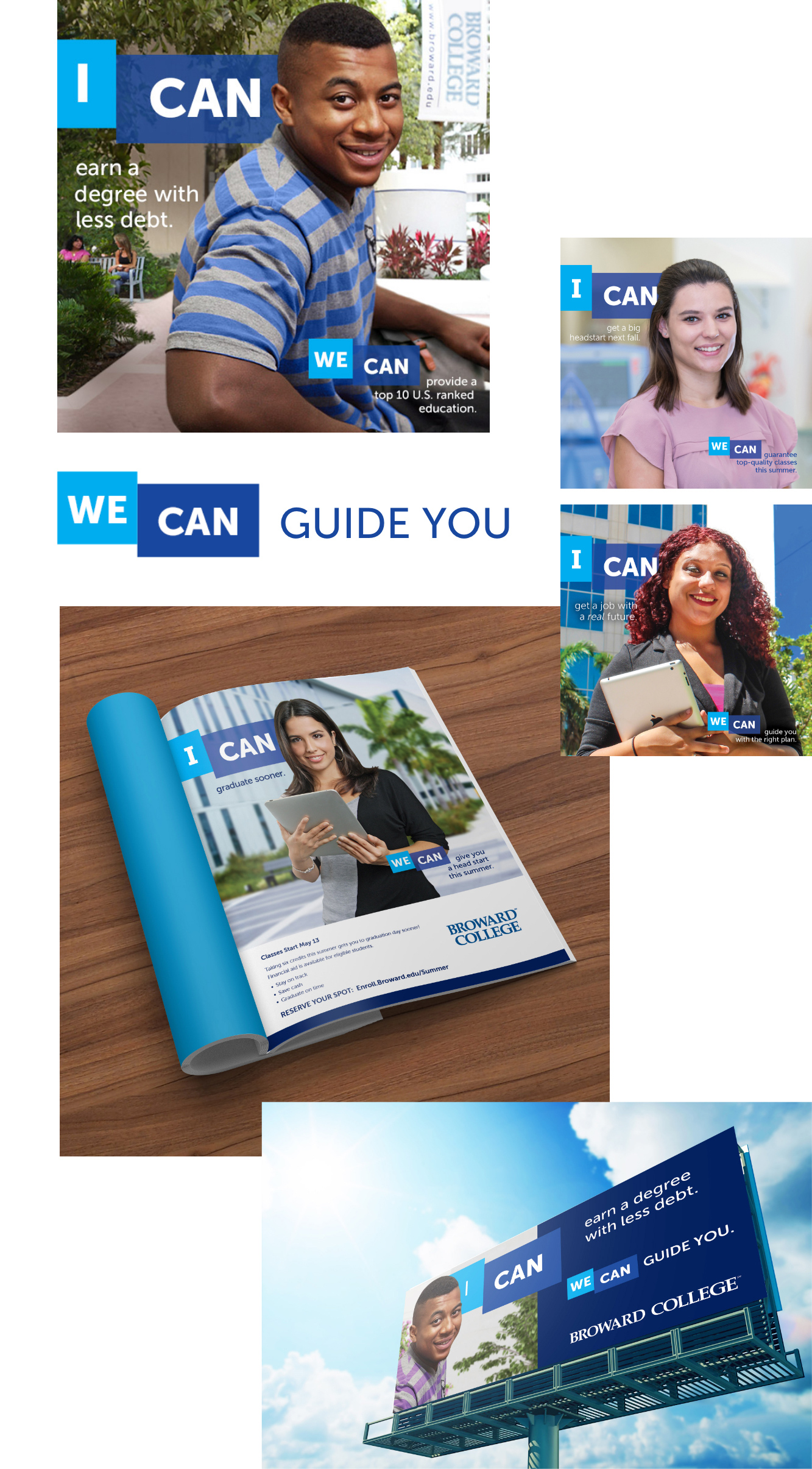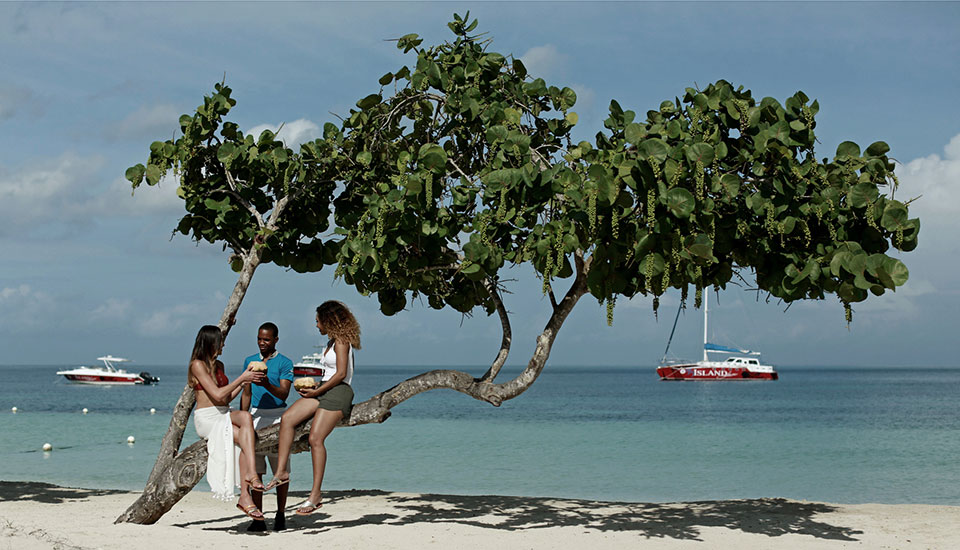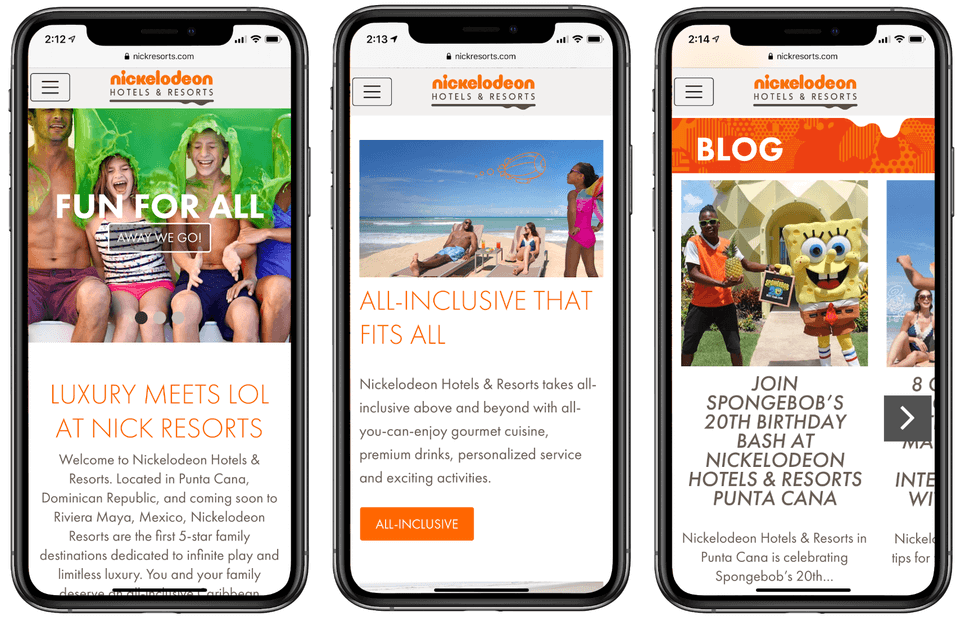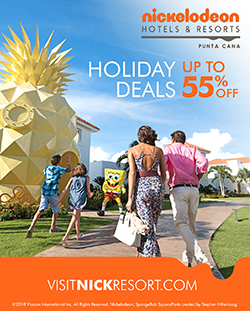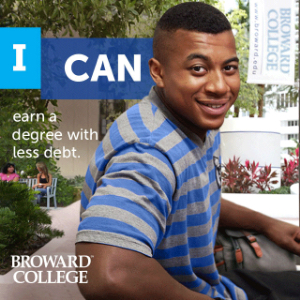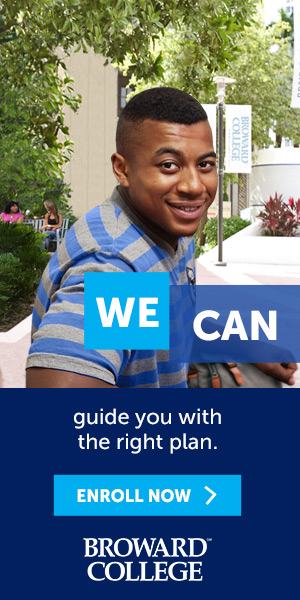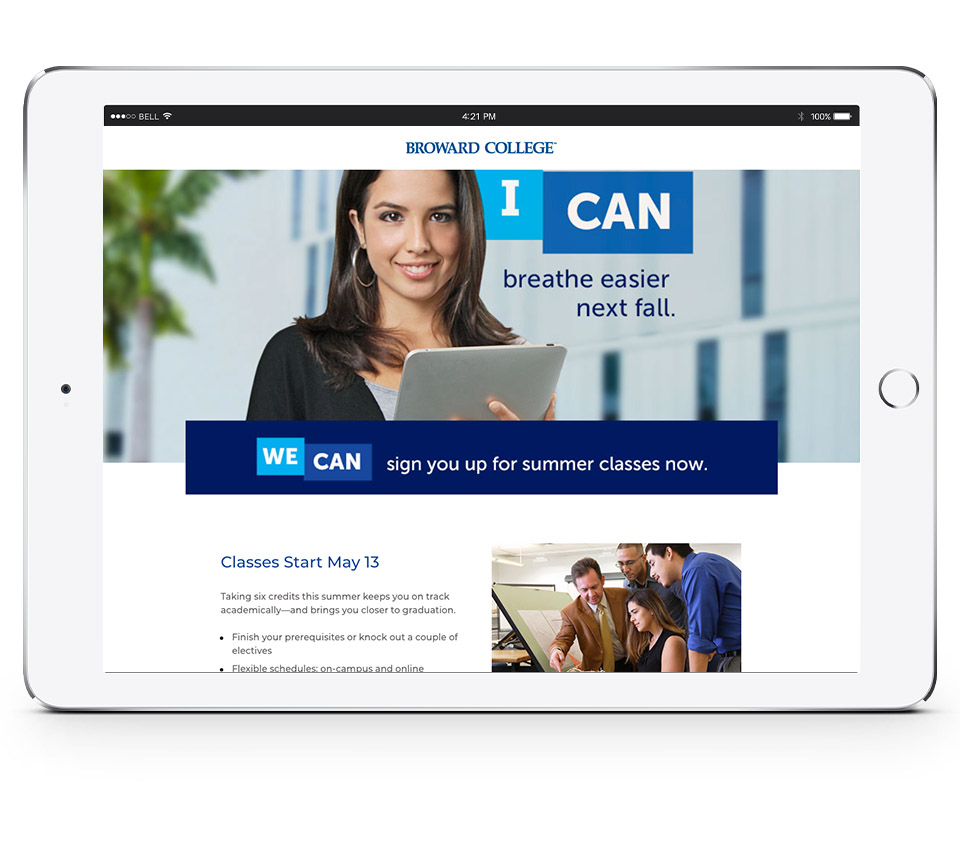The Right Leads. At the Right Time. All at Lower Cost.
Starmark’s multi-year marketing partnership with a national fiber optics provider successfully achieved several of their leadership team’s most challenging business goals:
- Creating a recognizable new brand image and positioning that would resonate with IT leader and C-level target personas.
- Driving more qualified business leads and higher conversion, while optimizing spend through data science-driven targeting strategy and tactics spanning media, creative and data science.
- Building a forward-thinking marketing platform that prepared the client to thrive as a stand-alone firm, and later, as a strong subsidiary within their new parent company.
The Big Idea
In 2015, there was a small, fast-growing telecommunications company with award-winning products, outstanding performance reputation and impressive customer loyalty in the highly-competitive telecom space.
But few target prospects were aware of it — or the value it offered. Their outdated website and sales tools were also impeding effective lead generation and conversion. They had a sales team and self-generated leads. However, they were looking to grow bigger, faster. Company leadership reached out to Starmark for help.
The Approach
Starmark’s three-stage strategy guided the company from initial brand launch to a robust marketing platform that prepared them to embrace next-step evolution within their new parent company.
1. Brand Launch
We formulated, then communicated a core positioning: who they are, who they serve and the top three differentiators that mattered most to their prospects. This informed the global campaign theme “Uptime World” that conveyed that value proposition perfectly: a business nirvana where connection is dependable, 24/7/365 expert service is a call away and flexibility is guaranteed. People depicted in the campaign are professional, yet real and believable — not posed. Their demeanor, expressions and body language embody flexibility, collaboration, trust and responsiveness. Images showcase the bold, beautiful nature of fiber-optic light.
2. Building Momentum
We developed regression, decision tree, and neural net machine learning models and chose the model with the greatest accuracy. The model was based on their current customer base, enhanced with third-party business data and other third-party sources.
We trained and tested the model on multiple industries, in multiple states, with a stronger emphasis on the client’s key verticals (healthcare, financial, government and education). We also used zip code geo-targeting in areas where they had particular strength, or offered strong potential, and had an adequate sales force presence and infrastructure.
Then we applied the model to prospect lists and determined how many leads the sales team could handle and process each week. Based on predicted response rates, we marketed on a weekly basis to keep leads flowing manageably via a personalized landing page system. This ensured a well-timed, quality sales followup, as opposed to an all-out marketing blitz that would overwhelm the call center.
We leveraged everything we learned to optimize future efforts, fine-tuning our lead generation strategies and promotional tactics.
3. Next-Stage Evolution
By Stage 3, our client’s foundation stood strong. Their brand reputation, performance and customer satisfaction ratings were shining brighter than ever. The program expanded into trade shows, digital sales tools, video testimonials and more. Now, as the brand-new subsidiary of Crown Castle, a $5.6 billion revenue parent entity, it was time to explore next-stage evolution.
The Results
Year One:
- Cut media spend by 64% year over year — all while generating 36% more higher-quality leads
- Reduce cost per lead by 73.8% year over year
- Drove 2.4x greater return on ad spend
- Drove 2.4x greater ROI
Year Two:
- 3% reduction in cost per click
- 19% increase in clickthrough rate
- 4% increase in qualified leads
TELECOMMUNICATIONS INDUSTRY AWARDS
Combined improvements from both their internal operations and Starmark’s new programs earned our client first-place rankings across five different brand and service competition categories. All awards were based upon nationwide independent survey results from thousands of business customers.
